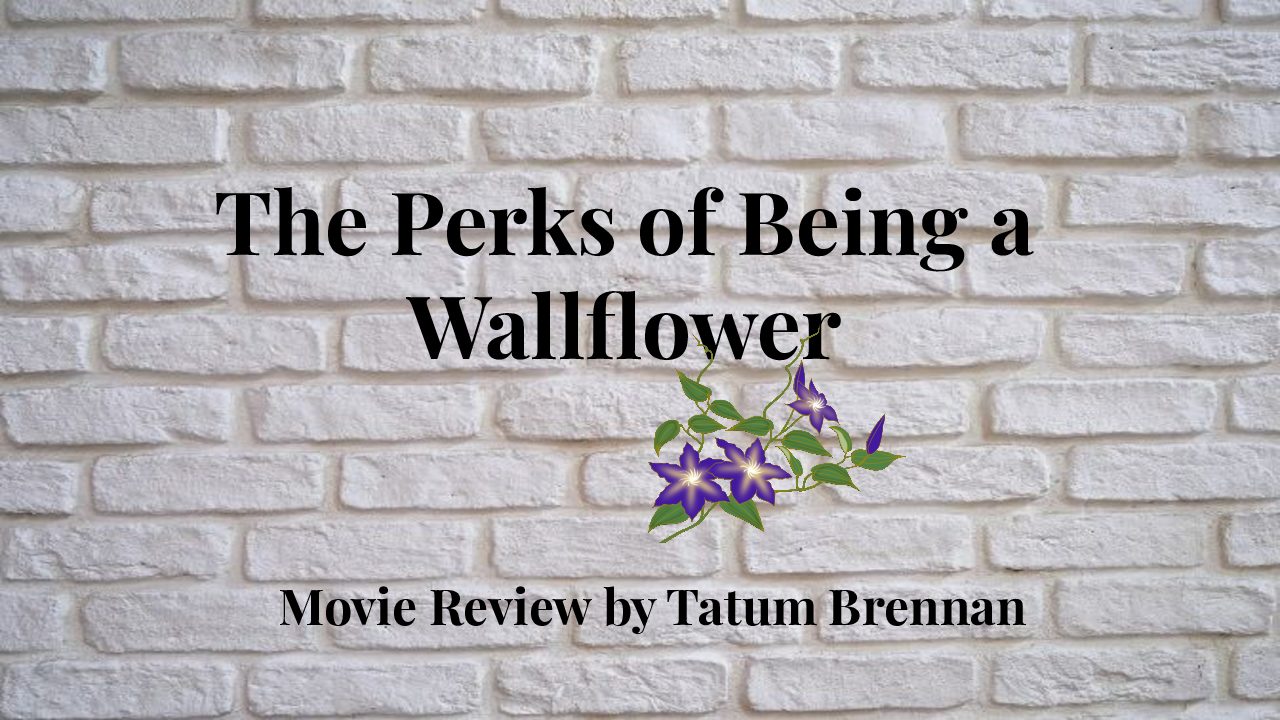Dance perseveres through the pandemic
February 8, 2021
Classes and sports have had to take unforeseeable measures to support the students enrolled in them. A virtual classroom makes a great replacement for a normal one, and most sports can just happen outside in an open area. But one sport has undoubtedly been put under immense pressure from these changes. Dance, one of the most rigorous programs on campus, has taken a thoughtful approach to practicing online.
“The dance curriculum has been modified to fit within a 12-week trimester,” said dance teacher Estee Fratzke. “Students are studying ballet, jazz, hip hop, modern, improvisation and composition according to California State Standards for Dance.”
Connectivity issues and uncertainties with Canvas pose some of the greatest challenges confronting the dance program. One of the major problems for dance itself is not having enough space to perform; however, dance is a sport designed to modify its curriculum for smaller spaces.
“The connectivity and space issues vary among people and vary from day to day. The main issues for me were mainly my household Wi-Fi connections, power outages and finding a space for me to dance undisturbed. In the beginning, it was much harder to figure out, but as time goes on, it gets easier to work out the issues,” said sophomore Molly Starr.
Everyone is required to have their camera on for the entirety of the class, except for “emergencies.” Depending on the style of dance the class is focusing on, teaching strategies differ.
In jazz, a student teacher, Hannah Copley, taught the entire class with a warm-up followed by routines. In ballet, YouTube videos were shown for the first week, and thereafter, ballet dance professional, Auti Kamal, began to teach the ballet barre to students. In hip-hop, guest teacher Andrew Garcia, hip hop dance professional, taught stretches, warm-ups, and a routine along with history and style. In modern dance, guest teacher Katie Marshal, a modern dance professional, taught the history of modern dance as well as a routine that included warm-ups and exercises to strengthen all aspects of modern dancing. For the final two weeks of classes, students explore improvisation and choreography, culminating in a final project. Examples from last year and first trimester showcase the talent of LBHS dance students.
“I noticed the addition of the guest choreographers was super fun and intuitive. It gives another perspective about someone else’s style of teaching and dancing,” said sophomore Justin Kellam.
Some things remain similar, though. In terms of exams, dance students film themselves performing a combination of short routines they learned. The video is submitted through Canvas and can then be reviewed by the teacher. Before submission, they go into breakout rooms to provide peer feedback on their classmates’ routines. On occasion, guest dance professionals also come to provide constructive criticism through mock movement exams. Finally, the students complete a self-evaluation.
“I hope that dance students are able to enjoy staying physically active,” said Fratzke. “I hope they learn more about each style of dance, including its technique and history.”








